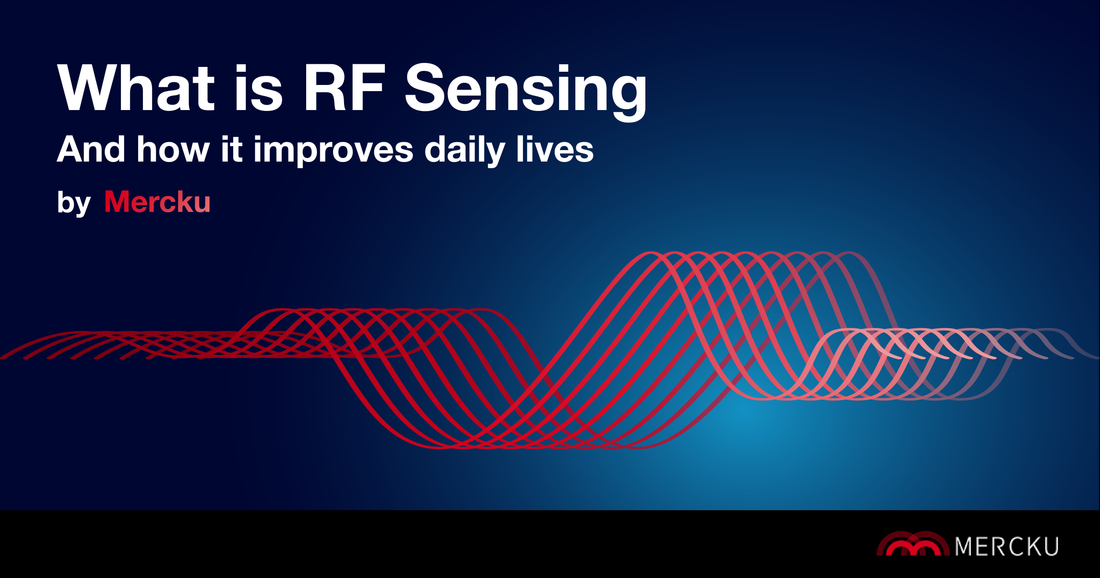
If you thought our WiFi 6 blog was cool, you need to learn about radiofrequency (RF) sensing – one of the latest breakthroughs in connectivity. WiFi signals are so sensitive that they can detect subtle changes in an environment, including some of the human body's biological functions like monitoring your heartbeat. Incredible right? Well, that's not all we can do with RF sensing:
Gesture recognition: human activity recognition, keystroke detection, sign language detection, lip motion recognition
- Contextual information acquisition: location, direction finding, range estimation
- Authentication: access control, intrusion detection, an abnormality detection
Not only is this technology cost-effective and convenient to deploy using existing WiFi infrastructure, but it can also be completely non-invasive without the use of wearables or image capturing technology to gather data. Furthermore, with the right software, an RF-sensing system can be trained to recognize users and understand their patterns, alerting users of any unusual activity. For example, if you consistently leave your home for work during the day, the RF system will learn that nobody is home from 9-5 on weekdays. If one day, someone enters your house unexpectedly, your system can send you a notification alerting you of the intruder. Integrating the system with your smart home technology can provide homes with an extra, sensitive set of ears to detect changes in their immediate environment. The deployment of the sensing techniques, coupled with the internal infrastructure changes, allows the homes to understand what movements or actions are taking place.
You may be wondering how this all works. Let's consider respiration rate monitoring. Your device will be non-contact, providing real-time data, and can measure minimal effective permittivity variation. So, a radio signal will be sent from your Wi-Fi device out into the environment. When you inhale, your chest inflates, shortening the distance from the radio signal's origin to its destination. When you exhale, the radio signal needs to travel further and will experience more path loss. By monitoring these variances in the radio signal, the RF system now monitors your respiration rate. Over time, the algorithms in the system will learn what is normal for you. So, if you have an allergic reaction and your respiration rate suddenly changes, your RF sensing system knows to call 911.
Homes will have powerful capabilities

How will RF-Sensing improve daily life?
Unlocking an advanced way for users to connect with their smart homes, RF-sensing has formed the catalyst for future innovation and has implications for how we engage with many of today's essential functions. At Mercku, we have developed and successfully leveraged RF-sensing technologies that can accurately measure heartbeats and breath rates without wearables and detect environmental changes.
Some of its applications in industries are:
Consumer Electronics: Empowering consumer electronics and systems by leveraging RF-sensing capabilities
- Localized presence detection for consumer devices
- Long-term sleep, stress, and presence monitoring at home
- Workspace optimization and concentration monitoring
- Fitness equipment integration
- Long-term care facility monitoring
- Non-invasive programmable features available
Automotive: In-cabin biosensing and occupancy detection
- Detect the presence of child, adult, or pet
- Monitor heartbeat and breath rates
- Intrusion and security/safety measurements
Healthcare: Measuring heartbeats and breath rates of multiple subjects without wearables
- Lifestyle, sleep monitoring, and tracking
- Monitor long-term health non-intrusively
For more information about RF-sensing and how you can partner with Mercku, please reach out to the team at connect@mercku.com

